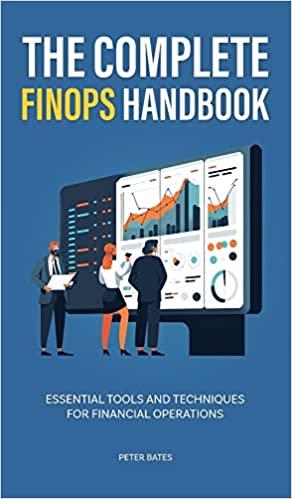Question
Because of its ability to desire to vertically integrate its production of a line of stronger and more durable earth moving equipment, Caterpillar (CAT) decided
Because of its ability to desire to vertically integrate its production of a line of stronger and more durable earth moving equipment, Caterpillar (CAT) decided on October 31, 2011 to acquire 100% of the equity in privately held MWM Holding GmbH (MWM). Headquartered in Mannheim, Germany, MWM is a global supplier of sustainable, natural gas and alternative-fuel engines. With the acquisition of MWM, Caterpillar expects to expand customer options for sustainable power generation solutions, especially as it pertains to the use of relatively cheaper, cleaner, and more fuel efficient liquified natural gas turbine engines.
The preliminary purchase price of MWM was approximately $774 million (574 million), which included preliminary net working capital and other purchase price adjustments anticipated to be finalized in the last quarter of 2012. The breakdown of the acquisition was as follows:
Tangible fixed assets of $379 million, recorded at their fair values, and depreciated using a 7-year MACRS schedule.
Additions to net working capital: Cash of $94 million, Receivables of $96 million, and inventories of $205 million
Also, the firm expects that 80% of the increase in net working capital will be returned at the projects termination. Again, the capital equipment is to be depreciated using a 7-year Modified Accelerated Cost Recovery System (MACRS) schedule. CAT also concluded that the MWM expansion will exist for 7 years thereby finishing in the fall of 2019.
As a result, CAT projected that the following Projected & Actual Sales Volumes would result from the MWM acquisition:
Year 13 14 15 16 17 18 19
Units 4250 5100 6200 8100 6800 6450 5800
Price/unit $120,000 each year
CAT also assumed that this project would end in 2019 with the $113,500,000 market sale of its fixed asset base. In addition, the firm expected that the plants total operating costs (both fixed and variable) would be 63% of sales in years 2013-2016 and 54% of sales in years 2017-2019.
Next, CATs marginal tax rate is 31% (used deriving its Operating Cash Flows) and capital gains tax rate is 15% (used in deriving tax loss/gain in salvage value).
Last, you assume that CAT will raise all of the capital to finance this project with a blend of long term debt, common equity, and preferred equity. Please base your cost of capital (WACC) assumptions on the following:
The firm currently has 585 bonds outstanding with the following terms:
Remaining Maturity = 5 years, Coupon Rate = 6.40% (semiannual pay), Current Price = $1120.
The firm currently has 48,000 common shares outstanding with the following price and market terms:
Stock price = $58, Beta = 1.05; Rf Rate = 1%; ERm = 8%
The firm currently has 18,000 preferred shares outstanding with the following terms:
Share price = $85; Dividend Rate = 3.85%
In order to evaluate this project, answer the following questions in deriving a cash flow analysis and recommendation.
What is the initial cash outlay (CF0) and what are the operating cash flows in years 1 thru 7 - adjusted for taxes and depreciation?
What are the terminal-year cash flows added to the operating cash flow in year 7?
What is the WACC? According to the Static Theory, why would the WACC be different with more/less debt?
Given your results for CF0 thru C07 and the lowest available WACC, would you have recommended that CAT take-on this project with its required IRR of 17%? Explain the significance of the NPV & IRR to support your answer.
Step by Step Solution
There are 3 Steps involved in it
Step: 1

Get Instant Access to Expert-Tailored Solutions
See step-by-step solutions with expert insights and AI powered tools for academic success
Step: 2

Step: 3

Ace Your Homework with AI
Get the answers you need in no time with our AI-driven, step-by-step assistance
Get Started


